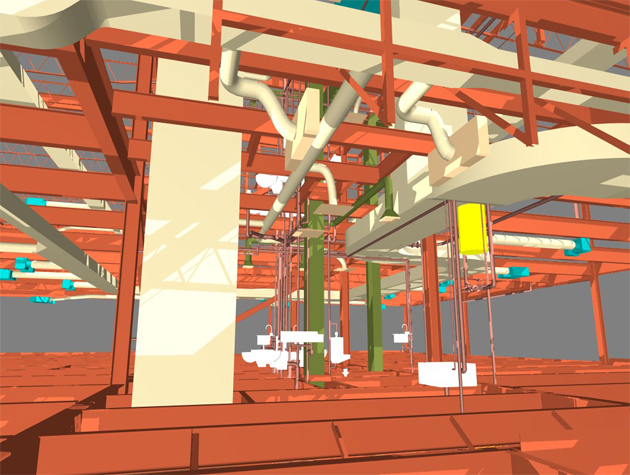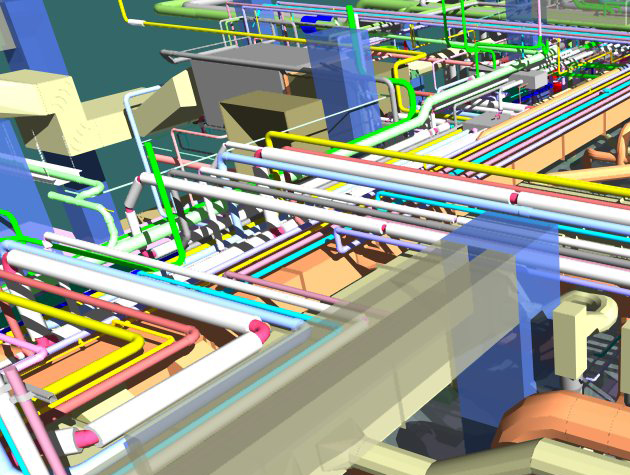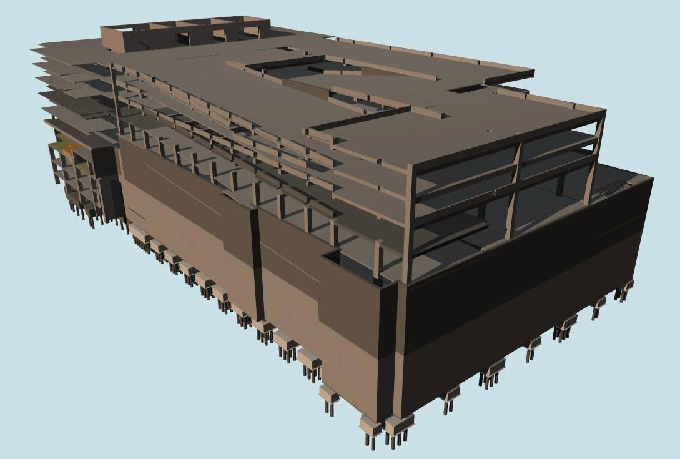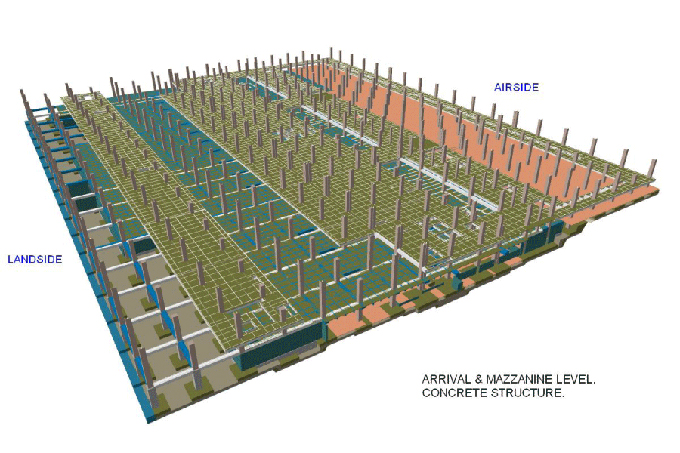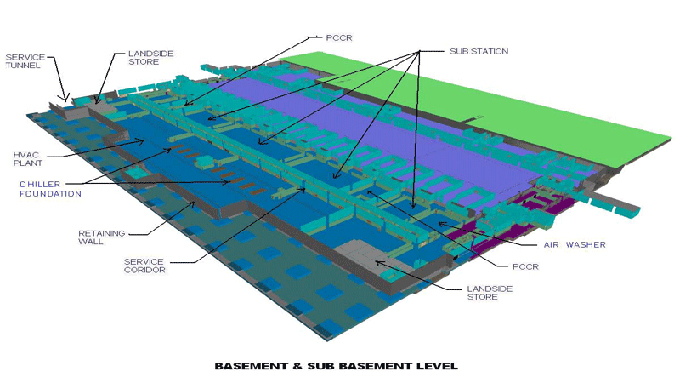SimLab Collada Exporter for Autodesk Revit
Tweet
Collada (COLLAborative Design Activity) was initiated by Sony Computer Entertainment in 2003, which involves creating the standard Digital Asset Exchange format. The Collada is an XML-based schema which allows users to exchange data among the 3D digital content creation tools. These tools include Maya, SketchUp, Rhino, and 3Ds Max. There is a .dae file extension in Collada files, which influences the digital asset exchange process.

The Collada files enable users to transfer 3D files among different applications. Thus, Collada helps to make easy and innovative designs by the graphic designers and other design professionals.
Design features of the Collada files
There are several design features in the Collada files, which are as follows:
Geometric features of Collada files
The Collada file format also helps to encode different geometries, including tristrips, triangles, polylists, polygons, and others. The same data can be encoded by the Collada file format in several forms, which can be stored in various forms in the same documents. This process enables the Collada data to move quickly among the different devices and applications.
File storage features
The Collada DAE file format is based on the COLLADA XML schema, in which all the design elements have been defined as XML tags. The Collada file format enables users to connect with DCC and 3D processing tools, which help to encode the visual scenes such as animation, geometry, physics and shaders. The Collada file format is archive-grade and can also retain metadata.
Interoperability features
The primary goal of the Collada file format is to simplify the design workflow among the different tools and the game engine. In most software packages, the Collada DAE files can be opened.
Advantages of using Collada files
There are several advantages of using Collada files, which are:
➢ The Collada files allow users to show DAE files in several applications.
➢ There are free-to-access options for the Collada files, which are readily available to the users.
➢ The images of the Collada files are not limited to the mathematical diagrams and charts. As a result, users can use the Collada files for various motives, including the creation of landscapes, adding motion tracking to films, or designing video games.
Exporting the Revit design models to Collada
SimLab Collada Exporter has been used to export the Revit design models to Collada file formats. The SimLab Collada Exporter helps to support the exporting process of the geometries along with the correct tree structure and materials, including texture, colour and transparency. This feature of the SimLab Collada Exporter helps to ensure that the exported design models can retain their design integrity. This feature also helps to ensure that the exported design models are visually appealing to the users when they are imported into the other 3D applications. The latest version of the SimLab Collada Exporter is available in a 33.1 MB file, which consumes less space and is efficient for any kind of Revit-based workflow.
The SimLab Collada Exporter has been supported by different Windows versions and OS, which helps to ensure the capability of this tool among the various systems and helps to meet the user’s design requirements. This SimLab Collada Exporter is appropriate for those users who are engaged in Photos and Graphics. The specific design features of this tool also allow the users to complete their 3D designs in an efficient way, thus, this tool has become an invaluable asset for the Revit software. The high-quality exporting process for the Revit design models has been supported by the SimLab Collada Exporter.
Importance of exporting Revit design models into the Collada DAE file format
1. The Collada DAE file format helps to create native Revit design elements. This feature helps to save the time of the users and enables the users to complete their design work within the predefined schedule.
2. After importing the Collada DAE file format, the Revit software will be able to import the new design materials. These design materials include the transparency and colour information. In addition, users are also able to change the colour and transparency of the design materials with the help of the Revit material browser and other types of Revit dialogs.
3. Users are able to produce the Revit families, and the Collada DAE geometry can be brought into these Revit families with the help of the Import 3D Autodesk Revit plugin. By using the DAE geometry, the development and operational costs can be reduced.
While the Collada DAE file format has been combined with free applications like Blender for doing the modelling process, and it has been imported into the Autodesk Revit family, it helps to produce great design output at a few cost.
To get online demonstration, watch the following video tutorial.
Video Source: SimLab Soft
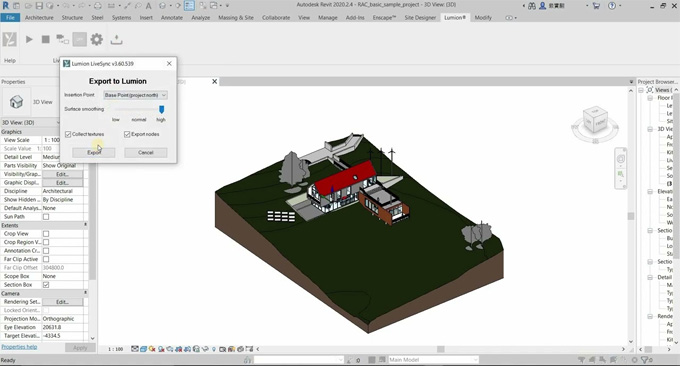
Gallery
Feel free to contact us for BIM requirements. One of our representative will respond you within 24 Hours. Send us your projects requirement today and grow your project.
Explore More !
